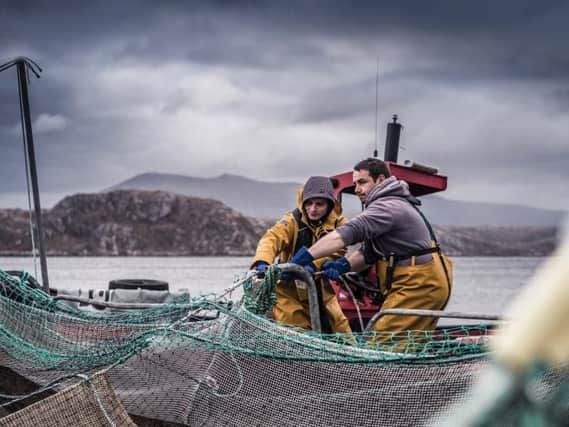Bill Jamieson analyses the Scottish Government's A Trading Nation export plan


But it is an unmistakable call to arms.
It is the most exhaustively researched and ambitious plan yet produced to lift Scotland’s export performance after failing for years to keep pace with our competitors. It has the reach of an octopus – almost every public agency in the economic and business realm will be grasped by its waving tentacles.
Export growth is vital to lift the country’s overall economic performance, boost jobs and investment and lift business – and government – revenues. Previous drives have fallen short of target.
The latest aim is to grow exports from 20 per cent to 25 per cent of GDP over ten years. Along the route it envisages a £3.5 billion addition to GDP and 17,500 new jobs.
The plan has analysed global import demand in 100 countries and across 66 industrial and 19 service sectors. From this it has calculated an “export value gap” measure – showing how far
Scotland’s export performance lags that of similar competitor countries.
Questionable though this comparison may be, to fuel this drive a further £20 million will be spent on export support over three years on top of the £30m given annually for export assistance.
Rather than a broad-brush, scatter-gun approach trying to help all companies to export in all regions, it has identified 15 countries together accounting for 68 per cent of future opportunities. These are predominantly in Europe –France, Germany, Netherlands, Italy – North America and a small number of emerging markets.
There is evidence, says the report, that successful exporting countries specialise in a limited range of goods and services and make the overwhelming amount of their export earnings selling to a limited number of other countries.
Scotland’s top sectors account for 69 per cent of exports by value. Our key strengths are in food and drink – whisky, of course; engineering services and manufacturing; life sciences; technology, digital and media; financial and business services, and energy.
However, Scotland has a narrow base of exporters. Indeed, out of 346,000 businesses, just 11,000 are exporters. Increasing the exports of the 500 businesses responsible for 80 per cent of our exports by 50 per cent would increase overall exports by £13bn. By contrast, increasing the exports of the other 10,500 by 50 per cent would yield an increase in exports of just £2.9bn.
The plan calls on support from trade envoys, chambers of commerce, alumni, the network of Global Scots – to be scaled up from 600 to 2,000 – and the Department for International Trade. But the biggest upheaval is faced by Scottish Development International, with 30 offices in 20 countries. It, together with the enterprise agencies, “will need to dial up and develop bespoke support for these businesses”. Governance of the SDI has been simplified and it will report directly to the Scottish Enterprise board – ministers setting the strategic direction and agencies being responsible for delivery. Specialists in priority markets will be upped to 15. No new money, it seems, but the budget “re-focused” to achieve greater effectiveness.
Many imponderables surround the ‘Scotland: A Trading Nation plan’ – Brexit, the level of sterling and overall political stability being key among them.
And the octopus will need watching. Work is underway on developing regular measurement and evaluation of performance. Trade minister Ivan McKee will have overall responsibility for the plan within the economy group.
